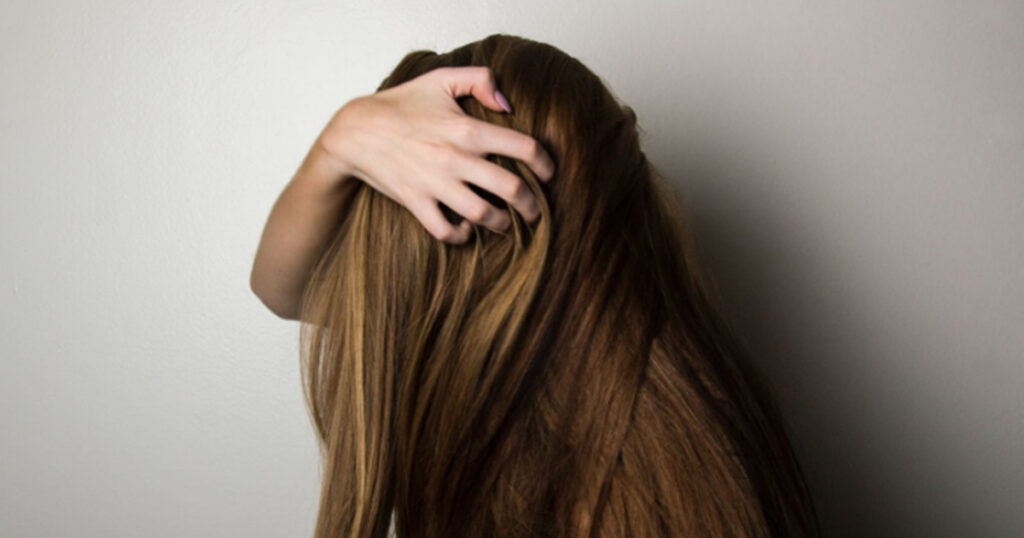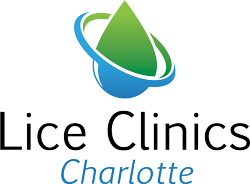What Do Lice Look Like?

What is Head Lice
Lice are parasitic insects that are often found on the head or in facial hair. They feed primarily on human blood and live as close to the skin as possible. These parasites are tiny, just 1-3 millimeters in size, but that doesn’t stop them from causing a big problem in schools nationwide. Unlike many parasitic insects, lice are not known to spread disease, but they can cause intense itching and rash that is comparable to getting chickenpox.
Who is at Risk of Getting Head Lice
Lice are most common among young children who attend preschool, middle school, sports, club activities, or anywhere with larger populations of children. Although lice are most common among children, anyone can potentially get lice as long as they have hair for the lice to live in. According to the CDC, there are an average of 6 to 12 million reports of head lice per year. Because head lice are spread most commonly by direct contact with infested hair, anyone who is near someone with lice is potentially at risk of getting lice themselves. The spread of lice is in no way related to personal hygiene.
What Do Lice Look Like?
Lice appearance is close to that of a tic, though much smaller. These bugs have six legs and an elongated body that is shaped like an oval. They are visible to the human eye but are very small, around one to three millimeters in length. If you or someone you know is experiencing any signs or symptoms of lice, it is important to check for them.
Egg/Nit
When checking for lice, it is important to know that while you should be looking for the lice themselves, it is also important to look for their eggs. Eggs are oval-shaped and white in color. They are smaller than the lice, but still visible to the human eye. Female head lice attach eggs to the base of hair shafts. Eggs are often confused with dandruff or scabs as they are the same size and shape. After about eight or nine days the eggs will hatch. Another name for lice eggs is nits.
Nymph
After the incubation period of the nits/eggs, the young lice that hatch are known as nymphs. They are similar in shape and color to adult lice but are much smaller. Nymphs must feed on blood to grow and will mature within nine to twelve days. After they fully mature, they are able to reproduce and create more lice.
Adult Louse
Adult lice are about the size of a sesame seed and are light gray or brown in color. They have six legs and a long leaf-shaped body. Like their eggs, lice can easily be mistaken for dandruff or skin flakes, so it is important to pay attention if you start to feel itchy. Once matured, adult lice can live for around 30 days on a person but will die within one or two if they fall off the host. Although 30 days does not sound too long, the lice will reproduce and will continue to bother you until they are treated properly.
Where are Lice Commonly Found?
Lice are most commonly found on the scalp, as well as behind or around the ears. Lice can also be found on the eyebrows, eyelashes, or beards, but this is less common. Lice attach to the hair with hook-shaped feet and are very difficult to remove. That’s why simply washing your hair with regular shampoo isn’t enough to get rid of the lice. Head lice stay close to their source of food and warmth, so you will not find them swinging from the ends of your hair. Rather, they will be found a few centimeters above the scalp, where they can safely lay their eggs and access their food source.
What are the Signs and Symptoms of Head Lice
Some signs of a head lice infestation include a tickling sensation due to the lice moving around in the hair. An itching feeling, which is caused by an allergic reaction to the bites from the lice. Irritation or difficulty sleeping, due to increased lice activity at night and they tend to be nocturnal in nature. Lastly, contracting lice can often lead to sores on the head from scratching and itching the places where the lice bite you. These sores can become infected with bacteria, so it is important to take proper care of them.
How does Lice Spread?
Head-to-head contact with an already-infested person is the only way that lice spread. This can happen in more ways than you might think, such as playing at school, going to camp, or hanging out with friends. These are all situations where kids are interacting in close quarters and are very likely to bump heads or come in contact with another child’s hair. There are a lot of common misconceptions about the way that head lice are able to travel. Things like sharing clothing, brushes, or stuffed animals that were once thought to facilitate the spread of head lice are actually extremely uncommon. The rate at which lice can get from head to head led some people to believe that lice could fly or jump from person to person, but thankfully this is not the case.
Find Head Lice Treatment You Can Count on at The Carolina Lice Clinics
When it comes to lice treatment, Carolina Lice Clinics are the expert. Having lice is a common problem, and we are your solution! Our full-service Airtral lice treatment lasts just around an hour and will leave you ready to return to work, school, and sports. If you or someone you know is experiencing the signs or symptoms of lice, call us at (910) 264-7141 or go to our website to schedule a screening and consultation for our Charlotte lice treatment center.
